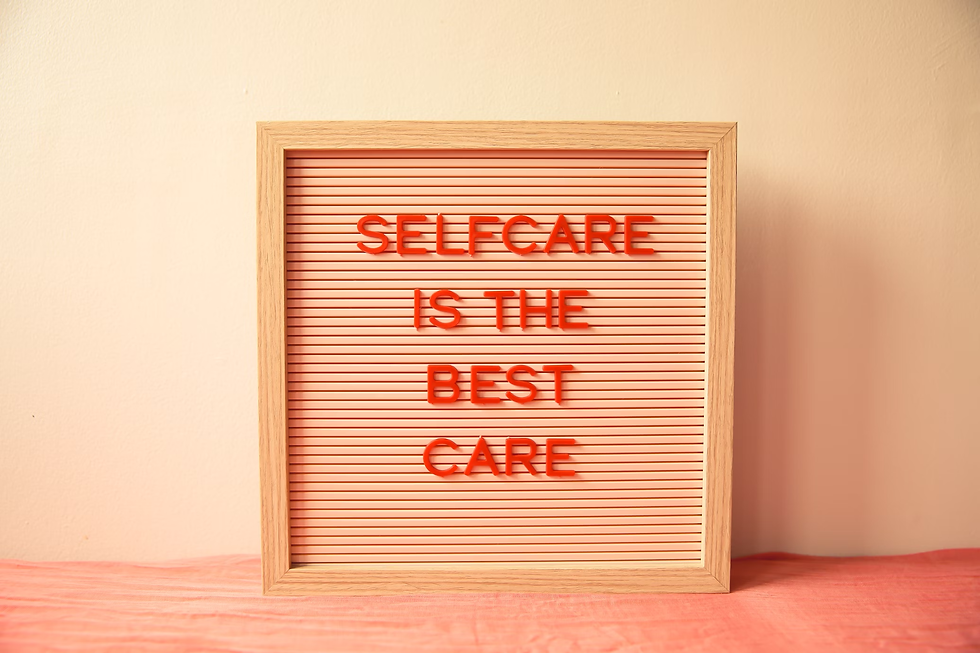Cultural appropriation vs. cultural appreciation
- Jodi Yip Mei Kei
- Jun 24, 2021
- 3 min read
From Avril Lavigne’s disastrous Hello Kitty rendition to Westerners profiting and monetising off the rich, gastronomical flavours that are Asia's culinary scene, cultural appropriation comes in many forms beyond what we only see in the media.
Culture appropriation, at its core, is an inappropriate adoption of customs, practices, and ideas of a particular ethnic group or society. It is an insensitive portrayal or representation of an ethnicity apart from one’s own. This can be seen vastly throughout movies, books, music, and yes, even in food!
Culture holds years and years of traditions, history, and life. They are the bridge connecting us to our roots in this technicoloured, fast-paced world. They ground us to who we are and come in a kaleidoscope of languages, stories, food, and clothing. We are the living, breathing beings of our own culture that makes the world so diversely beautiful as it is today.
However, the boundaries between cultural appreciation and cultural appropriation are often blurred in pop culture but that does not mean the people should take it as a situation of ‘it is what it is'.
“The perception nowadays of cultural appropriation is highly individualised,” says Sashmitha Heissya, President of Taylor’s Tradisi Club.
Taylor’s Tradisi is one of Taylor’s main cultural clubs for everyone to experience the beauty of each culture, both local and global.
Heissya continued to explain that the notion that cultural appropriation is ultimately a kind of emotional violence in which people are rendered invisible.
Essentially, certain cultures are made a fool of for entertainment purposes under the guise of appreciation. The latest yet cannot say any of us are surprised would be the Mahjong Line incident that occurred back in January. A Dallas-based company of three women added ‘special’ touches to a well-appreciated and traditional game our elders called Mahjong, stating that “the traditional tiles did not reflect the fun that was had when playing with friends”. Instead of the traditional Chinese symbols that actually play a role in the game, they are replaced with illustrations of bags of flour and little lightning bolts that have no relation to the Chinese culture whatsoever.
It is simply offensive towards generations of Chinese descendants and just about anyone who has played and learned their culture through this tile game. This may seem like a small issue, but with occurrences such as the ‘Asian Hate’ that has negatively impacted countless lives around the world, both physically and mentally, it is hurtful. To this day, these Mahjong sets are still up for grabs on their website.
Culture appropriation can also happen between Asian communities around us here in Malaysia. The incident of Malay actress Mila Filzah, who wore traditional Indian attire to promote contact lenses, sparked an uproar amongst the people. You may probably wonder: Which part of this is culture appropriation?
Similar to the Mahjong Line issue, Mila profited off another culture with products that had nothing to do with the Indian culture. So this begs the question, how should we appreciate our cultures? In university, we are exposed to not only cultures within Malaysia but internationally as well.
“We embrace the beauty of each culture and one of the ways we show it is by celebrating each festival with all our Malaysian and non-Malaysian members as well,” says Sashmitha.
“We say wishes to each other during festivals and we promote the cultures in our performances as well.”

(Source: @taylorstradisi)
It is pertinent to be knowledgeable about the basics of respect towards each other and our cultures, and be clear with our intention behind our actions pertaining to the culture; be it wearing traditional clothing or celebrating a festival. As Taylor’s Tradisi Club’s profile quotes: Culture is our identity, culture is not just a part of us, but it is our identity as a person in this world.




Comments